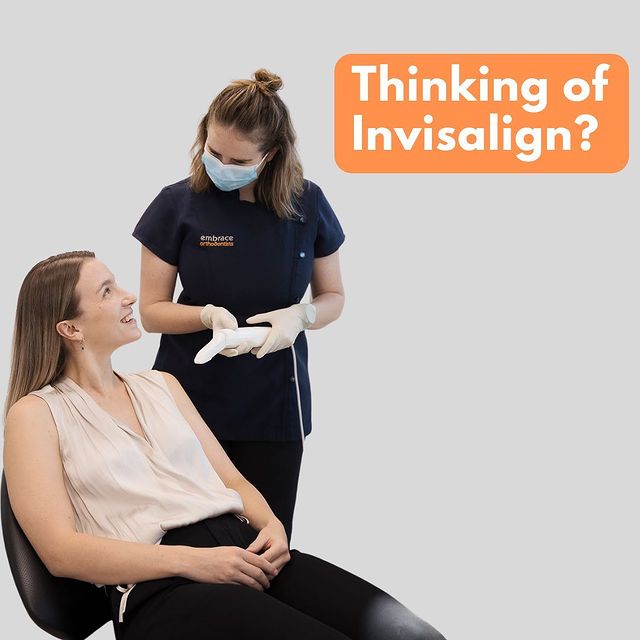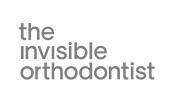Orthodontic treatment benefits
Orthodontic treatment can create balance and harmony of the face and the teeth, resulting in an aesthetic smile, functional bite and the improvement of a patient's overall oral health and well-being. Some of the wonderful benefits of orthodontic treatment include:
- Improved facial aesthetics and psychological well-being
- Bite correction
- Interceptive benefits
- Improved gum health
- Sleep Apnoea management
- Restorative outcomes


















